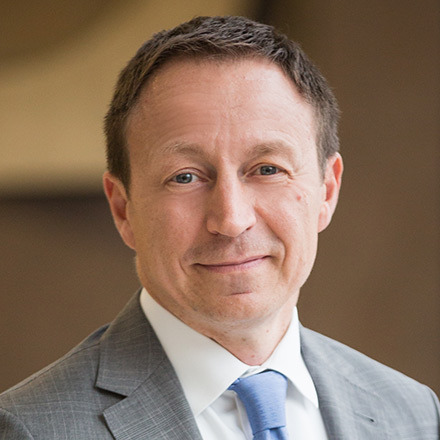Prof. Mario Roccuzzo is Lecturer in Periodontology in the Division of Maxillofacial Surgery at the University of Torino, and Adjunct Clinical Assistant Professor in the Department of Periodontics at University of Michigan. He teaches Periodontology in several Master courses at various Universities, and serves on the editorial board of COIR, IJPRD, IJED. He has been invited to lecture in more than 40 countries of all continents, and maintains a private practice limited to Periodontology and Implantology, in Torino.
Click here for abstract:
 Regenerative approaches for the treatment of Peri-implantitis: How far can we go?
Regenerative approaches for the treatment of Peri-implantitis: How far can we go?
As utilization of dental implants continues to rise, so does the incidence of complications. The maintenance in health of implants and peri-implant tissues constitutes a major challenge for every clinician. It should be clear, by now, that periodontally compromised patients (PCP) must be informed that they are at higher risk of peri-implant disease, before treatment is initiated. Nevertheless, when peri-implantitis has already caused extensive bone resorption, the dentist faces the dilemma of when therapy is appropriate to maintain the implant or removal and replacement with a new implant should be preferred.
Even though, no surgical technique is currently available to predictably regain osseo-integration, a protocol for hard tissue reconstruction will be described. The positive results in regenerative surgical treatment of peri-implantitis are based on: 1. defect selection, 2. patient preparation, 3. surgical flap management, 4. post-operative care. A new useful decision making process tree along with 7-year follow-up results will be presented.
LEARNING OBJECTIVES:
1.identify peri-implantitis cases where regeneration is indicated;
2. select the ideal regenerative surgical treatment;
3. establish a long-term maintenance program for long-term success.
 Vertical bone augmentation: dream or nightmare?
Vertical bone augmentation: dream or nightmare?
Successful modern therapy can no longer be judged by whether or not the implants osseointegrate. One of the greatest challenges facing clinicians is to obtain an ideal soft tissue integration that mimics a perfect gingival contour. This is particularly difficult in compromised sites, due to trauma, atrophy, periodontal disease and/or infection, where vertical augmentation is necessary. Recent studies have confirmed that implants, placed after vertical augmentation and followed by an adequate supportive care program, offer predictable long-term results. Nevertheless, patients whose bone atrophy was consequence of a previous history of periodontitis present a statistically significant greater bone loss.
This program will show that careful selection of bone-grafting techniques and/or soft tissue augmentation procedures can, in most cases, produce long-lasting esthetic results. Nonetheless, these techniques require skill, attention to the protocol and much practice. Too often clinicians put patients in less than ideal situations because of the lack of proper planning or treatment. The presentation will illustrate how very adverse outcomes (nightmares) are usually the results of the accumulation of multiple errors.
Educational Objectives:
• Evaluate hard and soft tissues to achieve optimal esthetic;
• Determine the role of risk and prognostic factors;
• Identify the situations where soft tissue grating is indicated;
• Recognize when GBR and/or GTR is necessary.


